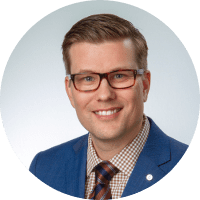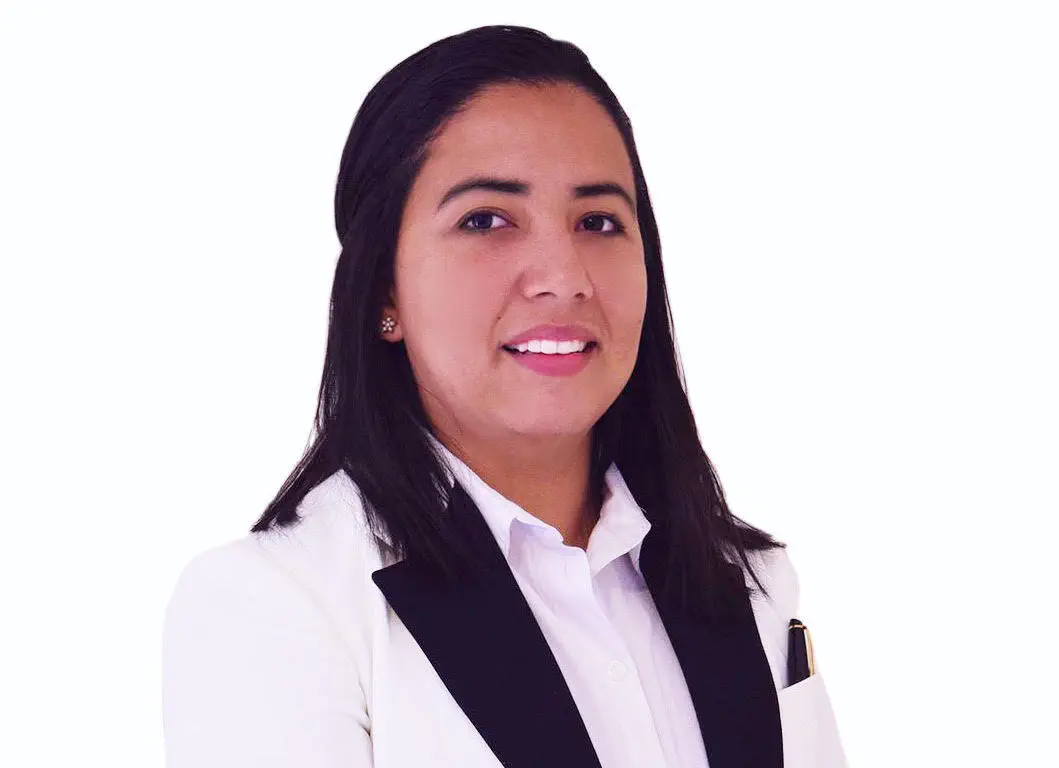We offer medical detox and multiple addiction treatment options in our
luxury treatment centres in Port Hope, Cobourg, and Ottawa.
What is a Dual Diagnosis?
Yes, mental illness and substance abuse often coexist. A patient may be said to have a dual diagnosis when both mental illness and substance abuse disorders are diagnosed simultaneously. Then, how is dual diagnosis defined, and why is it so important to recognize and treat it as such? In most instances, the symptoms of one disorder will mask or intensify the symptoms of the other, thereby preventing accurate diagnosis and treatment.
Key Takeaways
- Dual diagnosis refers to the concurrence of mental illness and drug abuse, with both diseases operating to exacerbate the symptoms of the other.
- Diagnosis is critical in the fact that, if not diagnosed, dual disorders are likely to lead to ineffective treatment and higher relapse rates.
- Successful treatment relies on an integrated approach that addresses drug abuse and mental health concurrently.
- Chronic mood swings, drug use to control feelings, repeated relapse, and worsening of mental illness symptoms when the person is under the influence or in withdrawal indicate this diagnosis.
- Effective programs include counselling (individual, family, peer), medication management, life skills training, and long-term follow-up.
A patient may, for example, abuse substances in an attempt to relieve the symptoms of the mental disorder, but later they might even make their emotional suffering worse. Without a proper dual diagnosis, the client is not necessarily given the comprehensive treatment they require. One must understand the dynamics of these concurrent disorders for effective long-term recovery.
Dual Diagnosis Definition and Meaning
So, what is dual diagnosis? Different types of drug addiction refer to simultaneous diagnoses of psychiatric disorders and substance use disorders. They can be discussed under dual disorders, or сoncurrent disorders.
This term means more than the presence of the two disorders. It focuses on the interaction between mental illness and substance abuse, examining how one makes the other worse. For instance, a person with anxiety may abuse alcohol to control it, while the alcohol abuse increases anxiety symptoms.
Dual Diagnosis Meaning
In some cases, depression will lead to drug use as self-medication, thus creating a self-perpetuating loop. Recognizing this is a major step to forming an effective diagnosis treatment plan. If both disorders are not treated, recovery is nearly impossible or tends to be short-lived. That is why an integrated treatment-based program holds so much importance.
There is also another way to explain it: this term signifies rendering a diagnosis of both mental illness and substance use disorder in the same person. They are also known by the names dual disorders or concurrent disorders.
The term means more than just having two disorders. It stresses how mental illness and substance use interact with and intensify one another. For example, an individual who suffers from anxiety may use alcohol to control it, and alcohol use may worsen anxiety symptoms.
In other instances, depression can contribute to drug use as a means of self-medication, setting up a vicious cycle. It is important to acknowledge this pattern to plan an effective treatment. If both disorders are not treated, attempts at recovery typically fail or are short-lived. This is why integrated treatment through this program is so essential.

Recognizing Co-Occurring Disorders
Many times, people with these diagnoses are not aware they have a mental illness until they are in treatment for their addiction. Some are treated for depression or anxiety without realizing that they are using alcohol or drugs to fuel these issues. That is why getting a complete screening and evaluation as the initial treatment in any program is crucial.
Counselling helps patients understand the relationship between emotions and behaviours and how they can change in a meaningful manner. With both physical and psychological regions being worked on at the same time, long-term healing becomes more likely. Symptom relief alone is not the goal, but rather improved well-being and stability as a whole.
Here’s a list to help with recognizing сo-occurring disorders and understanding when to seek specialized care:
- Frequent mood swings or irritability that persist even during periods of sobriety
- Using substances to cope with stress, sadness, anxiety, or trauma
- Increased tolerance or dependence on drugs or alcohol despite ongoing mental health treatment
- Avoidance of responsibilities or isolation from loved ones
- History of trauma or unresolved emotional issues that trigger substance use
- Recurring relapses after periods of treatment or abstinence
- Mental health symptoms worsening during periods of substance use or withdrawal
If several of these signs apply, it may indicate the presence of dual disorders, and a comprehensive evaluation in a treatment program is highly recommended.
The Importance of Dual Diagnosis Treatment
They can also include family therapy, peer support groups, and life skills training to rebuild relationships and daily functioning. Treatment centres typically employ multidisciplinary personnel, with professionals who possess expertise in both addiction and mental health. This ensures coordinated care and personalized attention to each patient's specific needs.
Medication may also be prescribed to stabilize mood disorders or reduce cravings, as applicable to the patient’s diagnosis. Long-term follow-up is necessary, as ongoing support can prevent relapse and promote development. Treatment ultimately aims to enable patients to regain control of their lives and build a viable path toward wellness.
Family Support and Therapy Networks
Family therapy is a component of most treatment programs. Family therapy can help to rebuild trust, improve communication, and educate loved ones about the nature of co-occurring disorders. Patient outcomes and emotional support are improved when patients have families involved in the recovery process.
Life Skills and Peer Support
Repairing daily living skills is a requirement for sustained recovery. Some treatment programs include life skills training to promote independent functioning, stress management, and job readiness. Peer support groups give a feeling of community, no longer feeling alone, and getting encouragement from others who have walked this path.
Medication and Long-Term Monitoring
As required, medication is used to manage the symptomatology of mood disorder, anxiety, or drug craving. Follow-up monitoring on a regular basis avoids the treatment from becoming ineffective and deals with any change in symptoms immediately. Long-term care planning prevents the patient from falling behind and provides a foundation for sustaining long-term mental and physical health.

What to Expect from Dual Diagnosis Therapy
Therapists focus on helping patients identify triggers and adopt healthier coping mechanisms to substitute for substance use. In some programs, trauma-informed care is used to address historical trauma that may be contributing to both substance use and mental health issues. Family support is also crucial, offering education and support that maximizes the recovery process.
Inpatient and outpatient therapy are available, depending on the intensity of the disorders and the level of care needed. Regular progress assessments allow for ongoing sensitivity of the treatment. Treatment fosters whole-person healing by combining psychological therapy with medical care. Ultimately, it is hoped that this will equip individuals with the skills and self-assurance necessary to maintain long-term recovery and improve their mental well-being.
Key Elements
- Trigger Identification – The therapist assists the patient in recognizing specific kinds of situations, thoughts, or emotions that prompt drug use.
- Healthy Coping – Patients are taught to substitute healthy activities, such as exercise, journaling, or meditation, for maladaptive behaviours.
- Trauma-Informed Care – Therapists make use of specialized proficiencies to alleviate traumas that might influence both mental illness and drug abuse patterns.
- Family Education and Involvement – Families are involved through workshops and counselling, so they are better able to assist in the recovery process.
- Flexible Therapy Options – Facilities offer inpatient or outpatient treatment, with patients assigned appropriately, depending on their symptomatology and the level of support required.
- Regular Evaluations of Progress – The treatment is continually modified to maximize its effectiveness and to be responsive to the patient's progress.
- Whole-Person Healing – The healing process is approached from a holistic perspective for mind and body to create lifelong wellness and resilience.
Finding the Right Dual Diagnosis Treatment Centres
Almost all treatment facilities provide 24/7 care, allowing patients to receive help during a crisis or period of vulnerability. The facilities have a multidisciplinary staff of therapists, psychiatrists, addiction counsellors, and medical physicians all working together to devise an individualized treatment plan. Mindfulness, yoga, and nutrition counselling are a few of the holistic treatments most frequently added to treat general health.
The organized environment also takes individuals away from those triggers and environments that might have contributed to their disorders. The peer support component in the centre can make individuals feel that they belong and reduce feelings of loneliness. Educational sessions provide a platform for individuals and families to learn about dual disorders, and empathy and change occur in the long run. Choosing a specialized centre optimizes the potential for maximum recovery by tackling the particular problems of co-occurring disorders head-on.

The majority of treatment facilities offer 24/7 care, ensuring that individuals receive aid during crisis or vulnerable moments. Treatment facilities typically include a multidisciplinary staff of psychiatrists, therapists, addiction counsellors, and medical professionals to consult and create a personalized treatment plan. Holistic therapies, such as mindfulness, yoga, and nutrition counselling, are often included to foster overall well-being.
The programmed environment also removes people from triggers and aversive settings, which may have caused their disorders. Peer support groups in the centre can give a sense of belonging and end isolation. Education sessions also allow people and their families to learn about dual disorders, with the hope of instilling empathy and promoting long-term change. Utilizing a specialized centre improves the chance for long-term recovery through exposure to the unique problems of concurrent disorders.
FAQ
What is Dual Diagnosis?
Considered dual diagnosis when there is a diagnosis of both a mental health disorder and a substance use disorder simultaneously. These disorders interfere with and worsen each other, meaning treatments must be integrated.
Why Is Dual Diagnosis Treatment Essential?
When only one disorder is treated, the other can interfere with a full recovery. A treatment approach that addresses both mental illness and substance abuse simultaneously results in better long-term success.
How Do I Know If Someone Has a Dual Diagnosis?
Other signs include recurring mood swings; use of substances to cope with feelings and emotions; relapse after relapse without treatment; isolation; symptoms worsening with substance use; trauma or another sort of unresolved emotional issue in the individual's life.
What Would a Dual Diagnosis Treatment Include?
Counselling, family therapy, medication management, life skills training, peer support groups, and additional follow-up services are typically provided by a multidisciplinary team.
Is Treatment Available for Dual Diagnosis in Several Settings?
Yes, treatment may be inpatient (residential) or outpatient, with the choice of setting based on the severity of the diagnosis and patient needs.
Could You Explain the Role Of Family In Treatment?
Family therapy serves as a means to improve communication and rebuild trust. It also provides education to family members about co-occurring disorders, enabling them to support the patient's recovery.
Can Alternative Medicine Have a Role in Dual Diagnosis Treatment?
Many facilities promote holistic treatments that incorporate mindfulness, yoga, and nutritional counselling.






